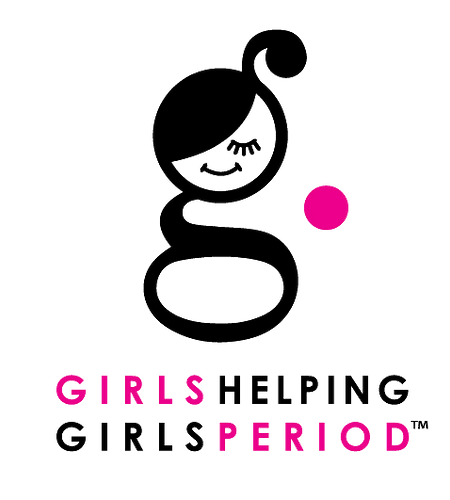Period Poverty
The Facts. Period.
Period poverty is a lack of access to menstrual products, education, hygiene facilities, waste management, or a combination of these.

United States Period Facts
• While you can buy, using SNAP (Supplemental Nutrition Assistance Program) benefits, food items, including bread, fruits, vegetables, meats, fish, poultry, and dairy products… you can not buy toilet paper, diapers, toothpaste, shampoo, deodorant, or menstrual health products. (FYI, you can also use SNAP to buy sugary drinks, alcoholic mixers, and bows/arrows in Alaska.)
• According to the State of the Period 2023 survey of 1,020 teenagers who menstruate, all between the ages of 13-19, and an additional 1,050 adults who menstruate between the ages of 20-50, almost a quarter of teens (and one-third of adults) struggle to afford period products, unchanged from 2021.
• The “It’s Time to Talk” report conducted by Always and Plan International, which was based on 11 studies fielded in the U.S. between 2014 and 2020, found that since the Covid-19 pandemic, more than 1 in 3 parents worried about their ongoing ability to afford period products.
• A 2018 Always brand survey found nearly 1 in 5 American girls has missed school due to a lack of period protection.
• Nearly 1 in 5 low-income students at a public high school in St. Louis missed at least one day of school due to lack of period products.
• Free the Tampons found that 86% of people have started their period unexpectedly in public without the supplies they need. 34% went home immediately to get supplies.
• In the State of the Period 2019 survey of 1,000 U.S. teens who menstruate ages 13 to 19, Thinx/Period found that 51% of students feel like their school does not care about them if they do not provide free products in their bathroom.
• A person may use nearly 10,000 tampons in a lifetime.
• Most states carry a sales tax on feminine hygiene products. (27 as of 8/21)
• Some women have reported giving up their food stamps for money to buy tampons.
• A 2021 study showed that 14% of college-attending women had experienced period poverty in that year; an additional 10% experienced it every month.
• Period.law is fighting to abolish the tax on menstrual products levied in many states.
• According to the Reproductive Health Report, 30% of women say they first knew of menstruation when they started their period
• Only 21% of elementary schools provide puberty education
• Lack of access to menstrual hygiene products meant that 36 percent of low-income women surveyed, who reported being employed part or full-time in the St. Louis area, had missed one or more days of work per month due to their periods.

Worldwide Period Facts
• Scotland is the first country in the world to make period products free to anyone who needs them.
• Britain finally axed its “luxury sales tax” on menstrual products in 2021 after a years-long campaign by supporters. (Yes, they were considered a non-essential, luxury item! Oh, men’s razors are not taxed. Go figure!)
• As of July 1, 2015, period products, including tampons, pads, and menstrual cups, are no longer subject to Canada’s five percent “Goods and Services” tax.
• Findings from a report highlighting Bangladesh, where 80% of factory workers are women, show that 60% of them were using rags from the factory floor for menstrual cloths.
• Girls in rural Uganda miss up to eight days of study each school term because they have their periods.
• There are more than 76 million women of childbearing age in the United States; 1.9 billion worldwide.

